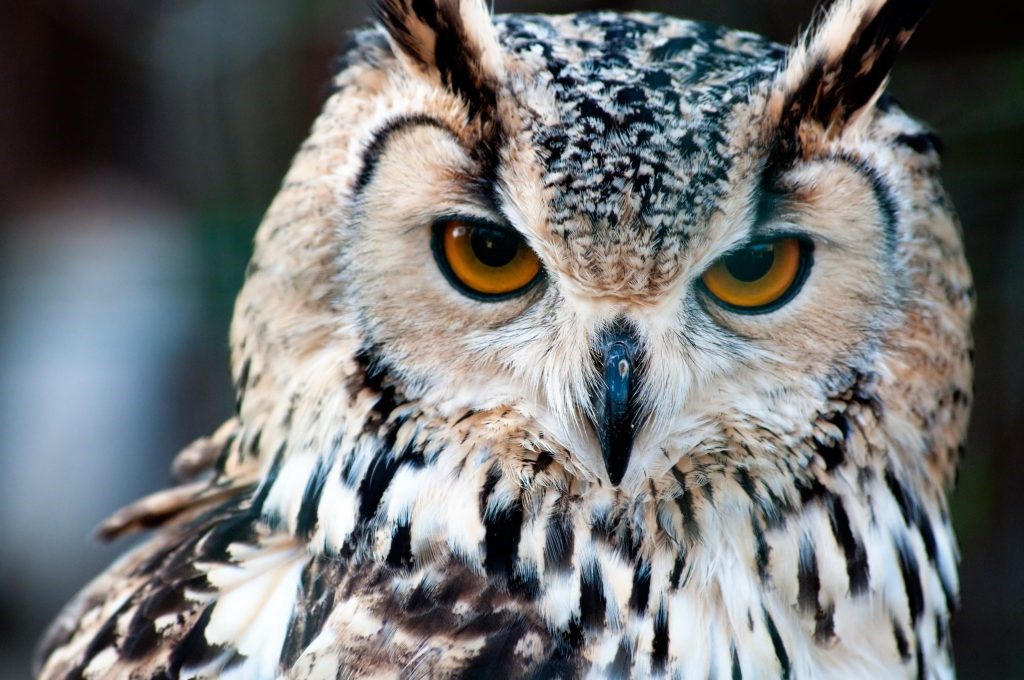Let’s set the record straight. Food attracts hungry people, just as drinks appeal to thirsty people. Sometimes a gimmick is just that and the investment is really only improving the visitor experience without improving your outcomes. This is an important concept to understand before you breakdown visitor types at exhibitions.
When it comes to engaging your audience it isn’t enough to have a game on the stand where they can win a prize. You might attract crowds, but the quality of your leads from this kind of exercise won’t be mind blowing. When we plan interactives with our clients we find the best way to tackle this problem is to work backwards from the key objective and link it to the message in someway. The result is far more authentic and yields real results.
Linking the theme to your key message in some way helps creates an important connection for the visitor. Otherwise, you might as well be a childless real estate agent raising money for a school. If they aren’t a parent or someway connected to the school it just looks like a ploy to meet parents with houses under the guise of “helping the community”. If the visitor can make the connection, your brand and message will be far more memorable.
As promised in the blog heading, below are some of the most common visitor types at exhibitions along with ways to work with them. You won’t just get a single type at a show so it’s important to assess your plan as well as design to ensure you can get your message across to all types in a way that works. Enjoy!
The Lookers
Extremely common in industries where people may only frequent the exhibition in break times. They have limited time and want to be efficient. You’ll spot them because they will peer at your display from the aisle and if you stand any chance of interacting with them you will find yourself in the aisle. Don’t view this as a bad thing, it’s a tactic to use for those who don’t like to feel trapped or sold to. At these shows consider having some of your product on the edges of your stand, but don’t go crazy and block off access, this will only further accentuate the “us v them” feeling they have.

Interactions must be casual as this type of visitor will flee if they are being sold to. They have still made the effort to attend the show and will approach someone they feel they need more information from. Ensure you have signage with your key message on it that can be seen from a distance and material they can self-serve because this type of person likes to research first and might use the show as a way to shortlist for discussions after the event.
The Serials
These are the agreeable bunch that say “yes” to everything. They may not be remotely interested in what you have to say or your offering, but they will take your marketing material and enter every competition with enthusiasm. Doting their best smiles, the serials will have their badges scanned at every opportunity and fully embrace the exhibition experience.
Don’t get sucked in by over inflated numbers on your stand as there is always a portion of these guys floating around. You’ll spot them a mile off as they will have carry bags overflowing with brochures, drinks in hands and they will be looking all around them trying to take in every possible sight. These guys can usually talk a lot and are renown for sucking up your time so make sure your team are prepared for them and are armed with strategies to politely step away from conversations with this type of visitor.
It might seem counter intuitive to send people away from your stand after willing them to come, but it’s important you stay on task and are meeting as many people as possible at a show. A word of caution: If you have staff that are lacking experience or are out of their comfort zone on the stand, you may notice them seeking out this visitor type. It is natural for them to gravitate towards what feels comfortable, but they will be missing out on valuable leads in the process.
Thirsty People
As a general rule we don’t recommend coffee machines on stands. They are expensive, the coffee isn’t always great and mostly they just attract thirsty people who just want a hit of caffeine. Sorry!

Although, knowing your client base is important because there are occasions where the presence of a barista can be positive. One of our recent projects was for a client who was selling high-end gear off their stand. We designed a private café that was up 6 steps and closed on 3 sides. It created the right environment for them to close deals and they believe it was the secret to writing more business than at their previous shows. The client put in the hard yards in the lead up to the show and it paid off. using a combination of direct mail, email and augmented reality they set visitor expectations and created excitement around what they could see at the show. Textbook.
At an exhibition attached to a conference where the visitors only get access first thing in the morning, break times and lunch, they might be rushing and looking for a heart starter. If you are going to have coffee, make sure it’s a quality cup so they make a real point of coming back to find you when they reach the inevitable caffeine slump later in the day. A slow barista can provide the perfect opportunity to talk to people awaiting their cuppa, but you must understand the mindset of your visitor and don’t hound them.
The Roadrunner
This visitor type is becoming more common as the population becomes time poor and allocates less time to shows. The road runner’s are the ones to watch out for because although they may appear to be rushing through and dismissive in their attitude, it’s usually because they know what they are looking for.
They typically allocate a short amount of time to attend the show and have a list of key companies they want to see. They will then systematically work their way up and down the aisles looking for what’s new and will stop briefly to talk to businesses they are genuinely interested in. If your message speaks to this visitor they will stop, otherwise they will power past you.
Don’t be offended, talk their language. They are often management level decision makers and will appreciate you matching their direct approach. They will only take marketing material they are honestly interested in. Don’t be put off if they turn you down, instead be relieved that they are saving you the hassle of a fruitless follow up call.
A little staff training around strategies to deal with different visitor types at exhibitions can make an enormous difference to the outcomes of your shows. By identifying them you will be able to make informed decisions on who to spend time with (and who not to). Best of all, and certainly our favourite by-product of this kind of training, is that staff look at each attendee as an individual and form true connections with visitors. And that’s what we like to call the creme de la creme!

